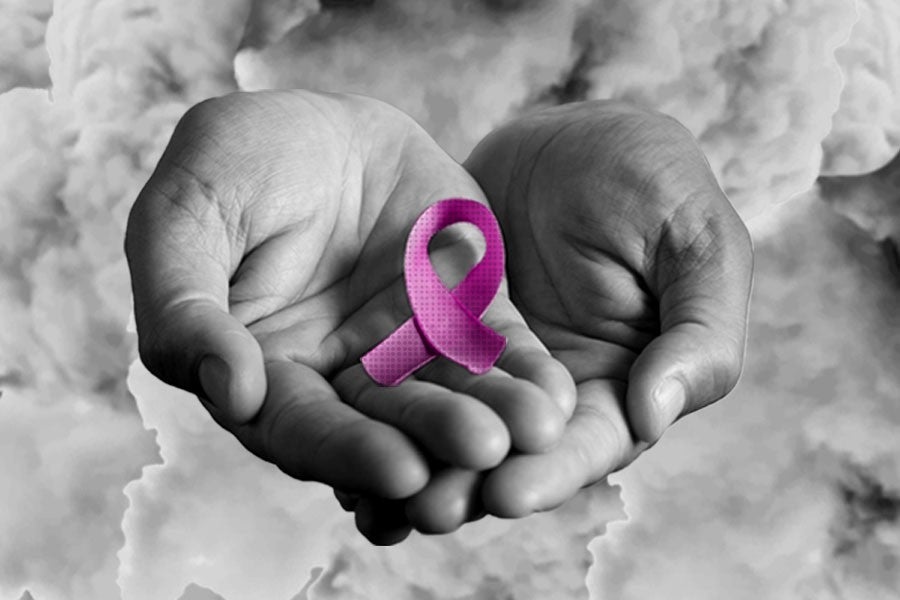Last week, the New York Post reported that at least 15 men who were near the area known as Ground Zero after the 9/11 terrorist attacks—which occurred 17 years ago today—have been diagnosed with breast cancer. Five were first responders, including two firefighters and a New York Police Department sergeant, who appeared on the scene in the wake of the assault.
It’s certainly an unusual phenomenon when multiple men within a concentrated area develop breast cancer, since less than one percent of all breast cancer cases develop in men, and only one in a thousand men will ever be diagnosed. On the flip side, women born today have a one in eight chance of developing breast cancer during the course of their lifetime.
The cause appears to be their exposure to high levels of asbestos, mercury, lead and jet fuel present at the site. “The people who were at Ground Zero were exposed to a lot of toxic elements, some that we probably don’t even recognize,” says Deanna Attai, assistant clinical professor of surgery at the David Geffen School of Medicine and past president of the American Society of Breast Surgeons. Attai also mentions that these instances remind her of the Marines who were exposed to contaminated drinking water at Camp Lejeune, and therefore, were more likely to develop breast cancer down the road.
Tragically, nearly 10,000 people have so far been diagnosed with some form of cancer linked to the toxins present at Ground Zero, according to the World Trade Center Health program.
When toxins aren’t involved, Attai explains that the standard causes of male breast cancer are age—male breast cancer is most frequently detected between 60 and 70 years of age—and genetic mutations that are present at birth. “If a man has a family history of breast cancer, one of the first things I’d suggest is that they document their family history, and then talk to their physician about whether or not they should be considered for genetic counseling and genetic testing,” Attai warns.
If you’re a man who has a family history of breast cancer, Attai also recommends regularly checking your chest for unusual lumps. “Men aren’t given routine mammograms or screenings, so they rely more on physical exams,” she emphasizes, adding that you might also benefit from being on the lookout for chest pain, nipple discharge or tissue retraction (when the breast tissue or nipples become indented). But most of all, Attai reiterates this point: “Lumps shouldn’t be ignored.”
As for your treatment options if you do, on the off-chance, happen to develop male breast cancer, Attai says that there’s room for improvement. “This is one of our challenges,” she says. “Because male breast cancer isn’t as common, most often the treatments are very similar to those for women—usually we recommend surgery.”
“Male breast cancer tends to present at a later stage than breast cancer in women, which means a larger tumor and cancer that has more than likely spread to the lymph nodes,” Attai continues. “Most often, because there often isn’t a lot of surrounding breast tissue, since the male breast is much smaller than the female breast, the surgery performed is a mastectomy.” Attai adds that this procedure is usually followed up with chemotherapy and estrogen-blocking medications, which help to reduce the size of tumors in the breast.
Whether or not these treatments are the best options for treating male breast cancer is a constant question among researchers, Attai says. “But again, one of the challenges is that, compared to women, there are a smaller number of men diagnosed every year,” she explains. “So it’s much harder to get specific treatment recommendations for men that say we should be doing things differently.”

